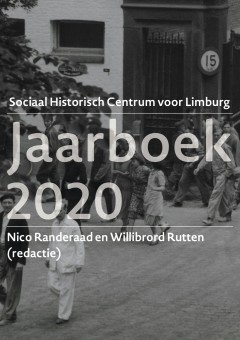Beslaag, fleuris en roeeëdfônk. Een analyse van het doodsoorzakenpatroon in Maaseik, 1881-1885
DOI:
https://doi.org/10.58484/ssegl.v65i.12882Trefwoorden:
negentiende eeuw, sociale geschiedenis, Limburg, België, doodsoorzaken, demografieSamenvatting
In late 19th century Maaseik, a small rural town in Belgian Limburg, individual cause of death registers have been preserved until today. This is very unusual, since the registers were often destroyed because of privacy reasons. In this research I examine the cause of death pattern in adults and elderly people in Maaseik during the years 1881-1885, using descriptive statistics. During this period 475 deaths were reported and for 76 percent of them, the cause of death and other information about the persons in question are available. I look at the mortality of Maaseik with reference to three prominent theories in historical mortality research: the urban mortality penalty, the epidemiological transition theory and social inequality in mortality. Statistical analyses shows that the urban mortality penalty was also present in a small town as Maaseik, even though the environment was overall healthier than in highly industrialized or urbanized areas. With regard to the epidemiological transition, I note that degenerative diseases were already prevalent in the late 19th century. Regarding the social inequality in death, I find that people of middle and higher social classes were often affected by other health risks than lower classes.
Downloads
Gepubliceerd
Nummer
Sectie
Licentie

Dit werk wordt verdeeld onder een Naamsvermelding-NietCommercieel 4.0 Internationaal licentie.



